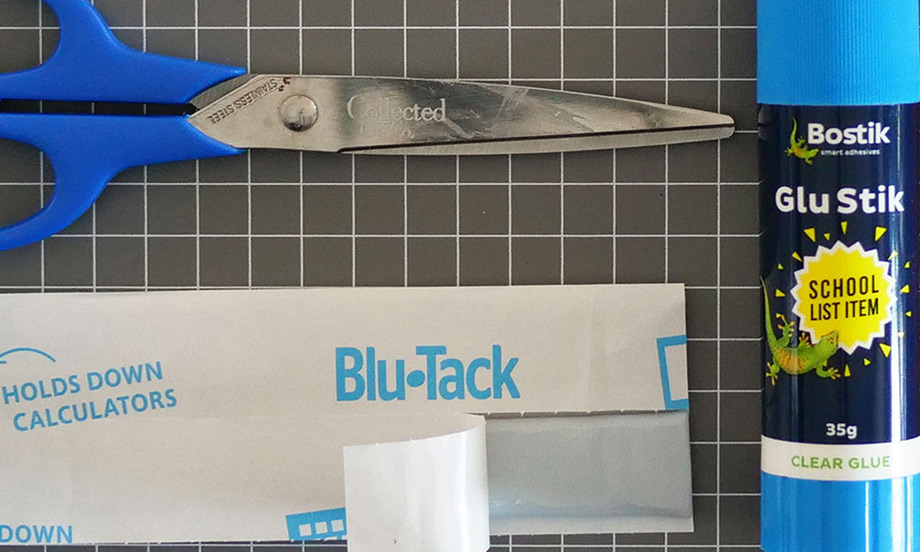
Tips & Tricks for developing tactile skills
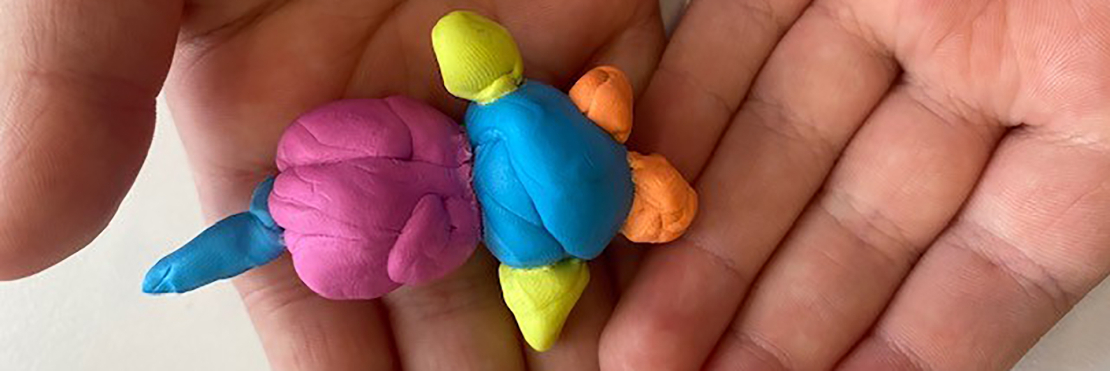
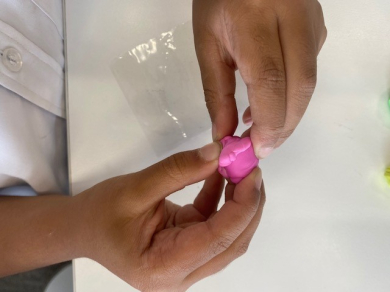
What do you recommend to help small hands with grip strength?
There are so many activities we can use to assist children in developing the muscles in their hands and in turn, their grip strength. The most important thing is to encourage your child to have a go at doing things on their own before you jump in and help. Opening jars, turning taps on and off, and doing up their zips and buttons are all good places to start.
Aside from this, any activities that encourage squeezing, such as playing with Blu Tack, putty, or clay are winners. Hiding animals or jewels in Blu Tack adds extra motivation for a child that finds fine motor tasks difficult and may shy away from them. Household items such as pegs, tongs, and tweezers can be fun to play with too, are super easy to set up, and make minimal mess.
Water play also gives lots of fun options, especially in the warmer weather! Kids love doing the things we hate doing, like squeezing or twisting the water out of sponges and cleaning cloths. You could also provide pipettes so that children can draw up small amounts of water and use it to melt ice or do water art. This is even more fun when paired with small plastic animals frozen in the ice where kids can use the water in the pipette to slowly melt the ice and set the animals free. Whilst you are immersed in water play, you could also provide spray bottles as pulling that little trigger can be tricky for small hands.
Other tasks you can do in the home that don’t require any extra materials include helping with cooking (think cookie dough rolling, stirring using a spoon, cutting with a child-safe knife, cracking eggs ). You would probably be surprised at how many opportunities you can give your child during a regular day if you just step back and let them do it themselves (Time and patience permitting!).
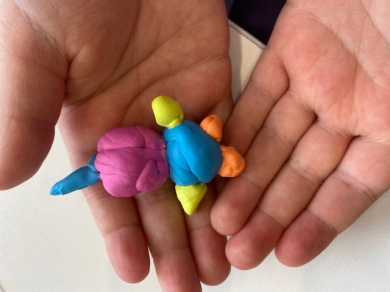
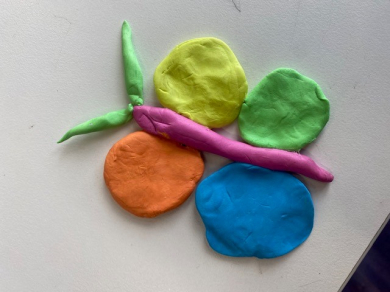
Are there any tasks you use more often to help develop fine motor skills?
I have both incidental and targeted lessons that I use to develop fine motor skills. Providing students with something to play with (all my students have a lump of colourful Blu Tack on their desks!) means they will be incidentally fiddling and therefore also incidentally building up their fine motor skills all day long.
I also provide Kinetic Sand, mindful colouring sheets, and Lego for free play, and I schedule specific fine motor skill lessons into my day. Children need to be explicitly taught how to cut with scissors and use glue sticks so they get just the right amount of glue in the exact perfect places. I schedule engaging and meaningful cutting and pasting craft activities to help develop these skills.
Recently my class had a try of the Bostik new triangular glue sticks. It was amazing how much easier it was to get right into those corners of the page! It was an added bonus that they didn’t roll off the table and sparked a conversation about “triangular prisms” as the class tried to work out what shape they were. They were definitely a hit.
Before children can write words to communicate they need to be able to do all the above things - so now when your child brings another cut and paste home, you’ll know why!

